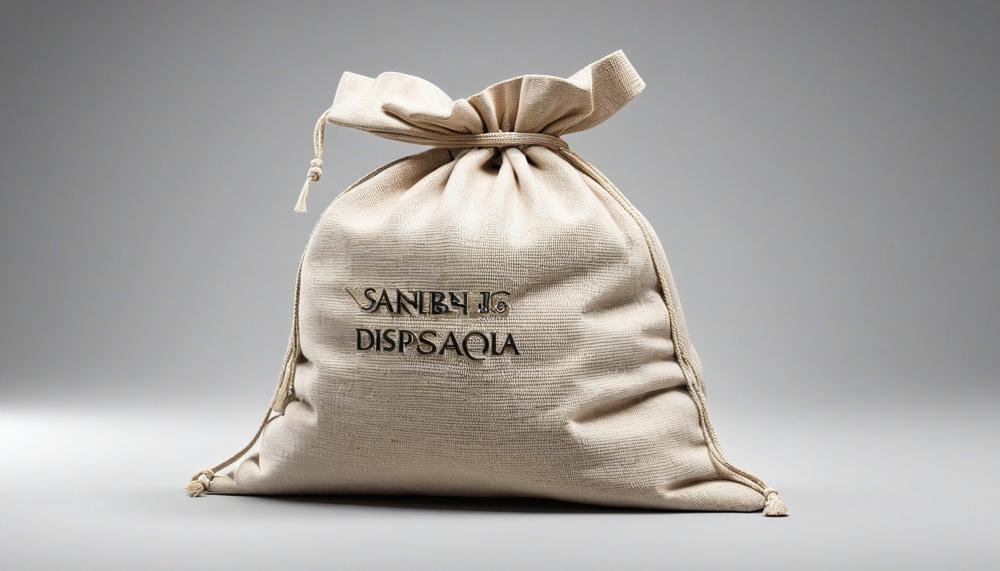Ever wondered what to do with sandbags once their job is done? Whether they’re left over from flood protection or a construction project, disposing of sandbags properly is essential to avoid health risks and environmental issues. Let’s cut to the chase and dive into the key steps for responsible sandbag disposal.
Key Takeaways:

- Health Risks: Moldy or contaminated sandbags can harbor diseases and viruses.
- Reuse Potential: Consider donating clean sandbags to flood sites or using them in construction.
- Disposal Sites: Contaminated sandbags must go to appropriate landfill sites.
- Repurposing: Used sandbags can be DIY project material or directed to demolition landfills.
- Empty Sandbags: Can be used as general fill material or stored for future use.
- Regulations: Follow local guidelines to avoid contaminating waterways.
Yes, you should always think about reusing clean sandbags. No, never reuse contaminated ones—they must go to a landfill. Yes, you can get creative with repurposing sandbags, but No, don’t neglect proper disposal to keep our environment safe. Understanding these basics will help ensure that sandbag disposal is handled responsibly and effectively.
Let’s get started.
Contents
How to Dispose of Sandbags Properly
The action toolbar offers several options for disposing of sandbags properly. These methods ensure environmentally friendly disposal and can be easily accessed through various features in the toolbar.
| Option | Description | Benefits |
| Recycling | Sandbags can be emptied, and the sand can be repurposed for construction, landscaping, or other projects. The empty bags, if made from recyclable materials, can be sent to recycling facilities. | Reduces waste, promotes sustainable practices, and conserves resources. |
| Donation | Unused or gently used sandbags can be donated to community centers, local governments, or charities for use in flood prevention or other needs. | Supports community resilience and aids in emergency preparedness. |
| Reuse | Sandbags can be reused for future projects, gardening, or erosion control. Ensure they are stored properly to maintain their integrity. | Cost-effective and minimizes waste by extending the lifecycle of the sandbags. |
| Proper Disposal | If the sandbags are contaminated or not reusable, they should be disposed of following local waste management regulations. This often involves taking them to a designated landfill or hazardous waste facility. | Ensures safe and compliant disposal, preventing environmental harm. |
Flood Protection
Properly disposing of sandbags after a flood is vital to safeguard health and the environment.
Floodwaters are teeming with harmful germs, bacteria, and waste, which easily contaminate sandbags. When these contaminated sandbags are improperly handled, they pose significant health risks, potentially spreading dangerous pathogens. This contamination can affect not only you but also your neighbors, heightening the community’s risk of infection and disease.
For safe disposal, the Utah Department of Public Safety provides detailed guidelines on managing used and unused sandbags. Following these steps ensures the health and safety of everyone involved:
- Contaminated Sandbags: These should be disposed of in designated hazardous waste facilities to prevent environmental contamination.
- Uncontaminated Sandbags: If the sandbags have only been in contact with clean rainwater or have stayed dry, they can be reused or disposed of more flexibly, according to local guidelines.
Steps of Proper Disposal Sandbags
To dispose of sandbags properly and safely, follow these steps:
| Step | Description | Precautions |
| Assess the Condition | Check if sandbags are contaminated or reusable. | Contaminated sandbags must be disposed of; reusable ones can be donated or repurposed. |
| Reuse and Donation | Consider reusing or donating clean sandbags. | Ensure sandbags are uncontaminated before reuse. |
| Proper Disposal | Dispose of contaminated sandbags at designated landfill sites. | Use protective gear and seal sandbags in heavy-duty plastic bags. |
| Unused Sand | Use unused sand for construction or winter road maintenance. | Ensure sand is clean and uncontaminated. |
| Storage | Store sandbags in a dry, covered place. | Prevents mold growth and contamination. |
| Avoid Public Disposal | Do not dispose of sandbags in public areas. | Prevents environmental harm. |
| Broken Sandbags | Take extra precautions to prevent erosion. | Secure sand to avoid waterway contamination. |
Conclusion
Proper sandbag disposal is a vital step in maintaining environmental health and community safety. Once sandbags have served their purpose in flood protection or construction, their disposal requires careful consideration to avoid health risks and ecological damage.
Contaminated sandbags, potentially harboring diseases, must be handled with care and taken to designated hazardous waste facilities. Reusing these sandbags is not an option due to the risks they pose. However, clean, uncontaminated sandbags can be repurposed or donated to communities in need. This not only helps in future emergencies but also reduces waste.
For those looking to get creative, used sandbags can be repurposed for DIY projects or used in construction and landscaping. Empty sandbags should be stored properly in dry, ventilated areas to prevent mold and contamination, ensuring their readiness for future use. Always check and follow local regulations to ensure compliance and environmental protection.
By considering these methods, we can dispose of sandbags responsibly, protecting both our communities and the planet.





